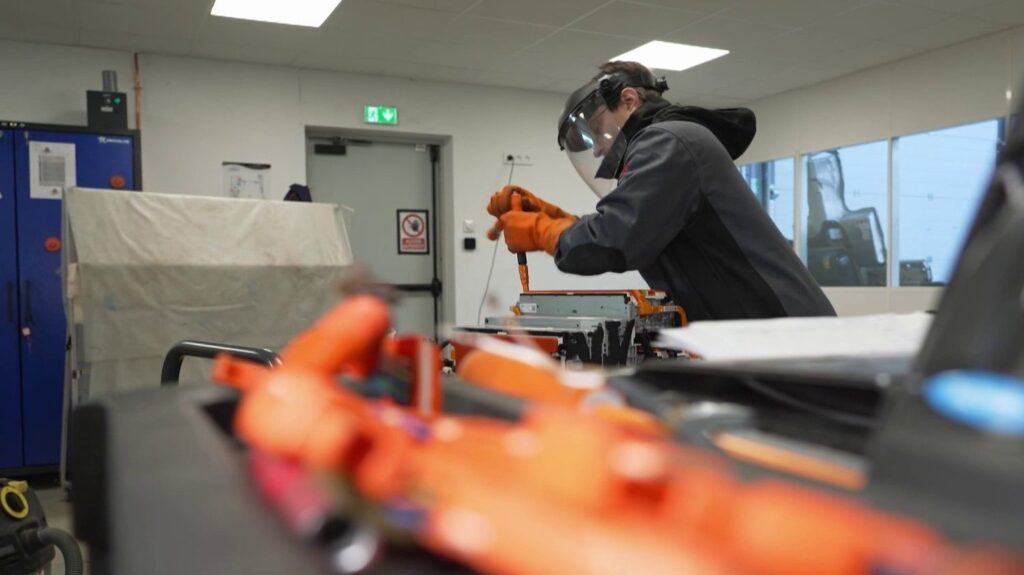This collection is automatically activated on the social network from Monday but it is possible to object.
/2024/10/15/laurent-camille-portrait-670e7d13a6173931251650.png)
Published
Reading time: 3min
/2025/11/03/linkeidn-6908bc4506d76945034529.jpg)
“Training generative AI models.” This is why LinkedIn is collecting public data from its European users, in particular, starting Monday, November 3. The professional social network announced it in a blog post last September 18. According to this, the elements of “profile, posts and articles, responses and CVs recorded as part of applications” are now used to “powering generative artificial intelligence”.
/2025/11/03/capture-linkedin-6908be3956656384770755.png)
Already implemented in the United States, LinkedIn’s new policy is now deployed in the European Union, as well as in the United Kingdom, Switzerland, Canada and Hong Kong. Member data used for generative AI is detailed in the FAQ pageFrequently asked questions from the social network: “profile data, such as name, photo, current position, previous work experience”; “employment-related data, such as CVs”; “data linked to groups” or even “the comments”. Furthermore, LinkedIn repeatedly emphasizes the fact that “this does not include your private messages”East “connection credentials”East “salary data”.
For the American company, bought by Microsoft in 2016, the goal is “to improve your experience and connect our members to opportunities more effectively”. This can also “help recruiters find and contact you more easily, and assist members in creating content such as profile updates, messages and posts.” Concretely, AI can help recruiters in their profile searches or support a subscriber in writing a post. The challenge for LinkedIn is to internalize the use of artificial intelligence so that users spend the most time on the platform. The social network indicates that it trains, in particular, the Azure OpenAI model from Microsoft, its parent company, which collaborates with OpenAI, which develops ChatGPT.
The network, which claims one billion users worldwide, claims to seek “to minimize the use of personal data”. It also offers each member the possibility of refusing this use, by going to the preferences and the “Data confidentiality” tab. Just surrender on this link and disable the “Use my data to train content creation AI models” checkbox.
Additionally, LinkedIn states that “minors are not concerned” and ensures that it has put in place safeguards: “If we have reason to believe that a member might be under 18, for example if they are currently in a secondary school or its local equivalent (e.g. high school), we do not train generative AI models with their data, even if their preference appears enabled.”
LinkedIn is not the only social network to use the content of its subscribers to train generative AI models. Facebook and Instagram, from the Meta group, have been doing the same with their users since the end of May, unless they have expressed their disagreement.


